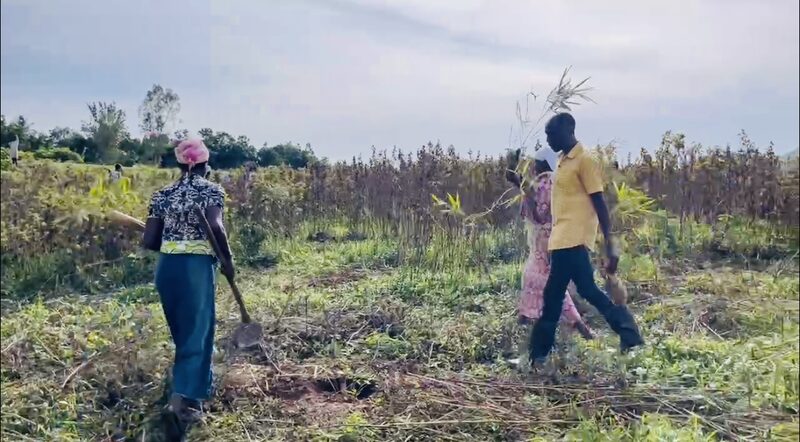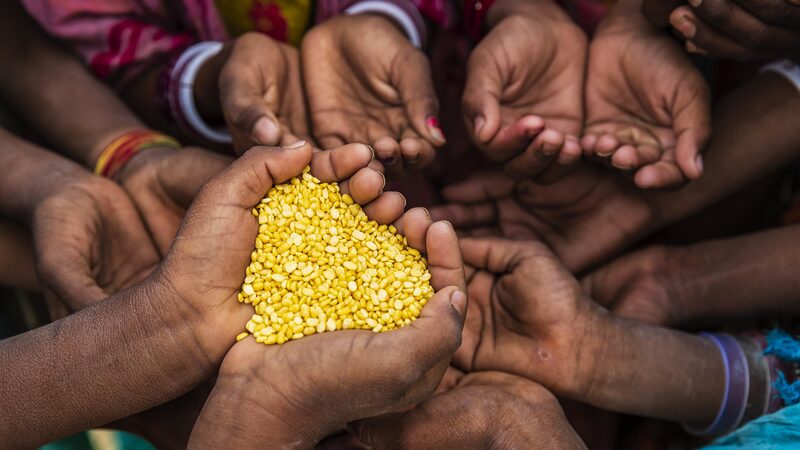In the heart of rural Asia, forests stand as silent sentinels, safeguarding not only ecosystems but also the food and water systems millions depend on. A growing body of evidence highlights their irreplaceable role in combating hunger, stabilizing climates, and sustaining livelihoods across the continent.
From wild mushrooms in Nepal to medicinal herbs in Indonesia, forests provide over 20% of dietary needs for rural communities in parts of Asia, according to regional studies. These natural pantries offer nutrient-rich foods like berries, nuts, and leafy greens—critical safety nets during crop failures or economic downturns.
Beyond sustenance, Asia’s forests act as ecological engineers. Their roots prevent soil erosion, their canopies regulate rainfall patterns, and their biodiversity supports pollination for crops worth billions annually. Scientists warn that deforestation in Southeast Asia alone could disrupt water cycles affecting agricultural powerhouses like Vietnam’s Mekong Delta.
For investors eyeing sustainable development, forest-based enterprises—such as eco-tourism and non-timber forest product cooperatives—are emerging as growth sectors. Meanwhile, policymakers are integrating forest conservation into climate strategies, recognizing their carbon sequestration potential.
As climate extremes intensify, protecting these green infrastructures becomes a shared imperative. 'Forests are our first line of defense against both hunger and environmental crises,' says Dr. Anika Rao, an ecologist at the Asia Biodiversity Institute. 'Their fate will shape Asia’s food security for generations.'
Reference(s):
cgtn.com






